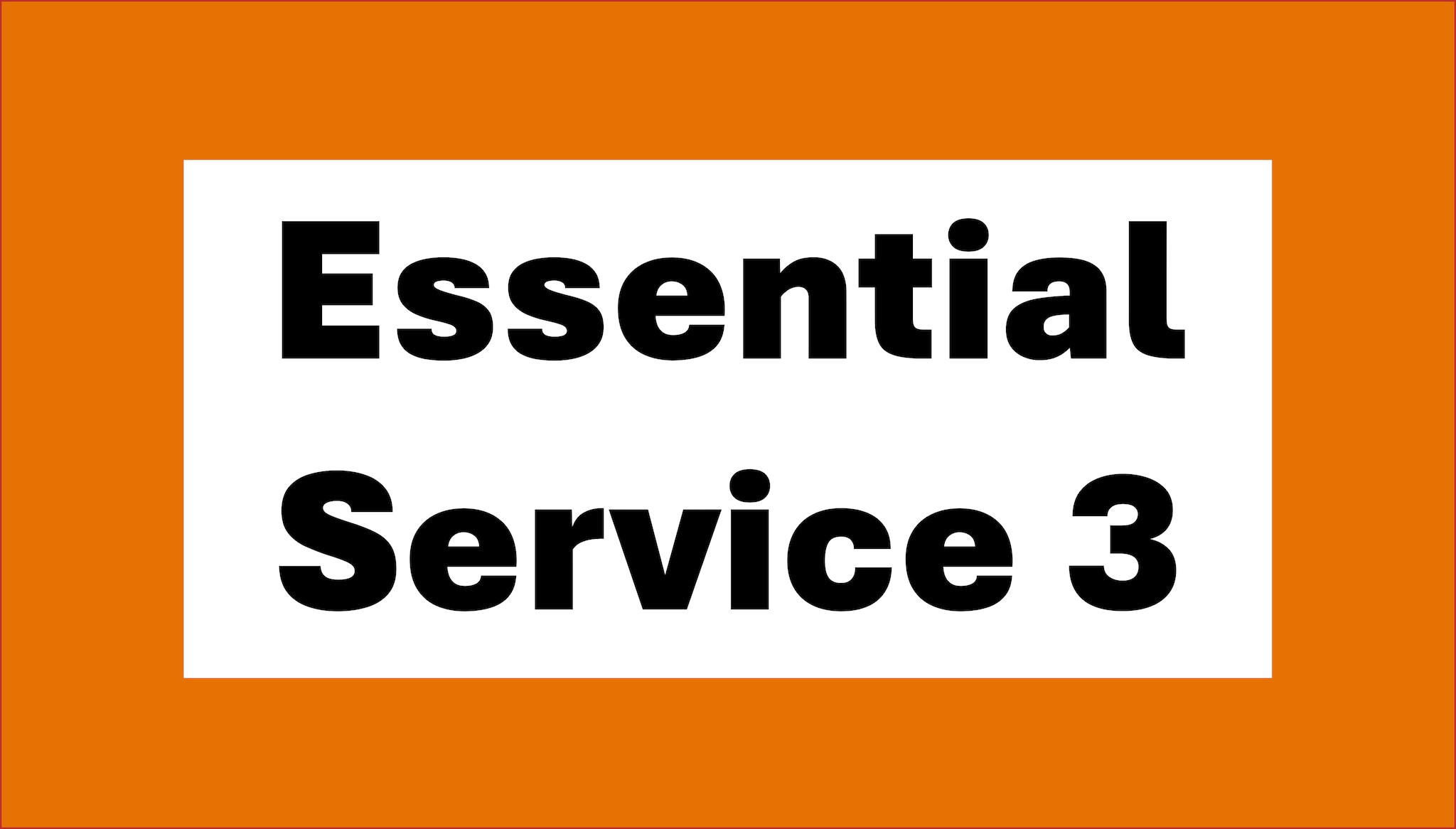At a glance
Learn how environmental health programs support Essential Public Health Service 3 and public health accreditation. Essential Public Health Service 3 is "Communicate effectively to inform and educate people about health, factors that influence it, and how to improve it."

Activities that support this essential service
Here are some examples of common activitiesA that help deliver Essential Public Health Service 3 (Communicate effectively to inform and educate people about health, factors that influence it, and how to improve it).
Providing the public, policy makers, and stakeholders with information about environmental health status and concerns (for example, drinking water quality) and environmental investigations and inspections (for example, foodborne illness outbreaks, environmental assessments).
Ensuring environmental health information, data, and educational materials consider the audience's knowledge, interests, and needs and are culturally and linguistically appropriate and relevant to specific groups.
- Seeking input from the public and partners before, during, and after environmental health educational activities.
- Using appropriate channels to quickly disseminate information and engage with intended audiences. Examples include social media, public meetings, mass media, etc.
Engaging in two-way communication to build trust with populations served and ensure the community's needs, concerns, and priorities are considered.
Using risk communication, health literacy, and health education principles to inform the public about environmental health risks and hazards.
Activities that connect to accreditation standards
Environmental health programs also link to and support broader public health initiatives such as public health accreditation. Following are examples of activities that could contribute to accreditation by the Public Health Accreditation Board (PHAB). Completing these activities does not guarantee conformity to PHAB documentation requirements.
PHAB Standard 3.1: Provide information on public health issues and public health functions through multiple methods to a variety of audiences.
- Providing relevant and timely information to community members, elected officials, and partners about the importance and benefits of environmental health activities, services, and findings of environmental investigations. For example, monitoring air quality, licensing and inspections of food establishments, and identifying harmful algal blooms.
- Engaging with the health department communications office or public information officer at every stage of projects to ensure timely and seamless information is provided to the public about environmental health activities.
- Including health department branding on environmental health communication materials to ensure public recognition and credibility.
PHAB Standard 3.2: Use health communications strategies to support prevention, health, and well-being.
For example, incorporating needs and opportunities for environmental health education helps include individual, community, and policy action in program and health department communication strategies.
- Examples are not exhaustive.
